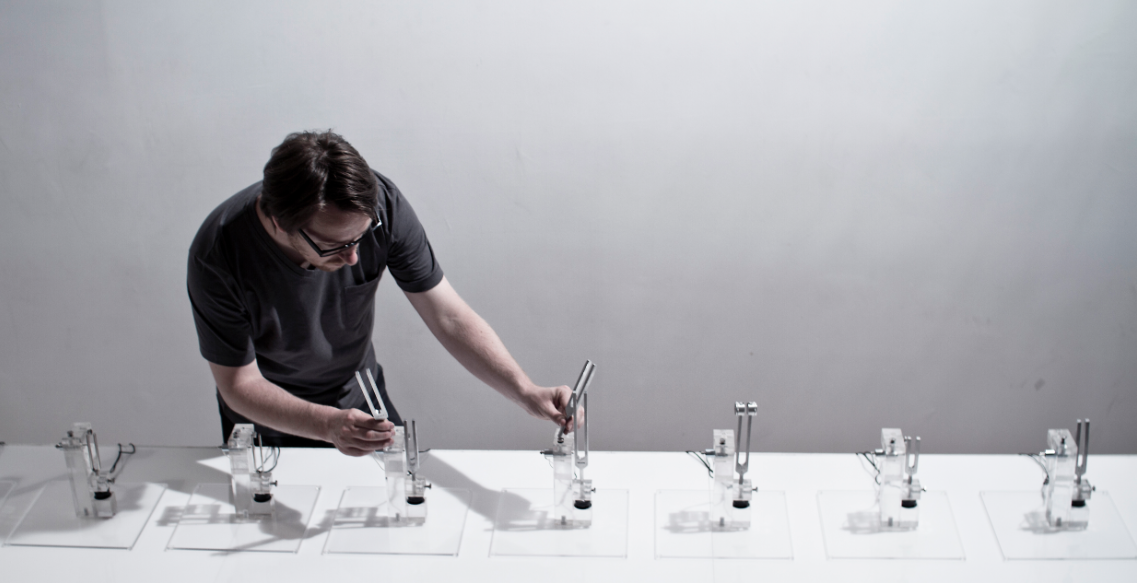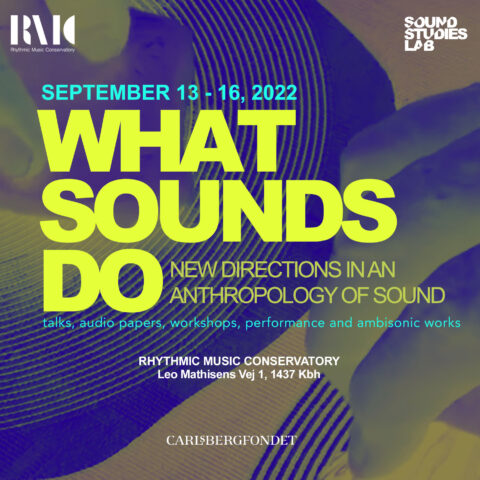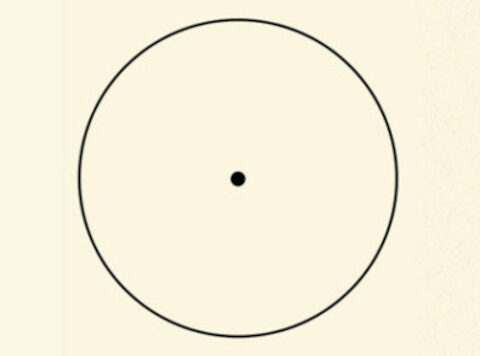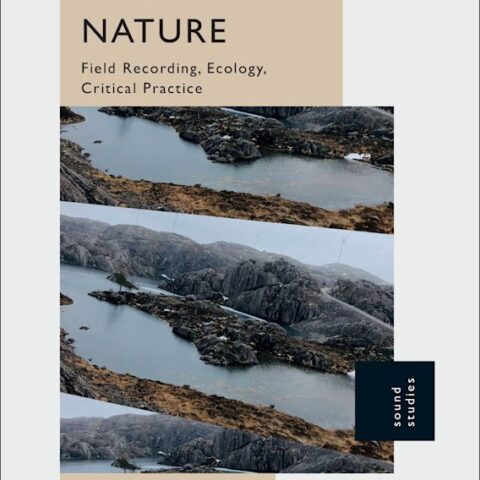
[infinite grain is a series of interviews inspired on microsound procedures, exploring a wide variety of topics in dialogue with artists who work with sound on installation, composition and improvisation]
Nicolas Bernier born in Canada. His work is one of a kind, taking roots from different disciplines and combining/expanding diverse artistic routes, thereby developing sonic art that takes inspiration from fields such as musique concrète, dance or visual arts in order to build a unique perspective always able to offer a fresh and solid expression of the role of multidisciplinarity in today’s art.
Bernier’s work creates a bridge between the simplicity and complexity of sound, a detailed and open examination of the material reality and the way it functions, present in his refined techniques and well structured processes, and evident for instance, in his way of mixing performance, mechanic construction and digital experimentation.
His vision regarding microsound and listening is as unique as his approach, featuring meticulous explorations over elements such as texture, tone, frequency and harmonics, where the sonic element is valued as special, along with his particular focus on the transformation realized over solid, mechanical and visual elements, where all those “different” aspects get into one same dialogue, a single experience as the Frequencies (A) installation/performance (awarded golden nica at Prix Ars 2013) perfectly shows.
Bernier is a clear example of an artist in constant seek of not just inspiration, but the connection between all that inspires, with that becoming a invaluable source of inspiration himself. The way he explores perceptual territories often transcends what one’s able to talk about, although, he seems to be always open to kindly talk about his work and expose some of his directions, interests and processes with it.
– Nicolas, thanks for taking your time on this. What are you listening right now?
David Bowie, Scary Monsters (and Super Creeps). I am kind of postmodern in my listening, jumping from an album to another, even tough I tend to be more and more purist concerning artistic work. As a listener, I went back to my roots in the last few years: rock’n’roll, trip-hop, drum’n’bass and electronic hip-hop. And even tough it can be quite subtle, all of this is actually influencing my work.
– Could you tell what led you to explore sound and what would be your favorite aspect of it?
Sound is one of the few things that we can’t grasp with our hands nor see with our eyes. Less is more. When I think about the very essence of sound, about the fact that it is just a propagation of particles vibrating in the air, I have the vertigo. The same kind of vertigo that we have when we thinking about the infinite expansion of the universe. It’s quite incredible that this movement of air particles is making all those sounds. This makes sound quite intriguing and mysterious. It’s one of the many things I will never fully understand and it’s fascinating.
On a more pragmatic level, I started sound exploration as the average teenager, playing guitar, bass and drums in rock bands. But I have always been attracted to leftfield music and immediately approached music as creatively as I could, trying uncommon matches of timbre, instrumentation, rhythms, melodies and effects.
– In an interview for Digicult you talk about your interest on combining digital and mechanic elements. Now I wonder… How do you think that bridge is related to the listening and perceptive side of your sound work?
I think this relationship is embedded in each work, in the time/space discourse itself. It’s a relationship of form, matter and technique. Both influences (the mechanical and the digital) are always interwoven. For instance, I’ve worked quite a lot with recordings of mechanical sounds but these pieces have been built using “montage”. Montage is not a digital technique per se but the digital means brought ways of editing that weren’t as fluently used as in the «analogue era». In those works, the mechanical matter is worked within a digital framework, creating some sort of time colliding. I’m here speaking about the musique concrète published on the disc Travaux mécaniques, but we could say the same thing about the performance work like La chambre des machines or frequencies (a). In this later one, the mechanically driven tuning forks is using the mechanic to generate a sound composition that is clearly influenced by the digital-sine-wave-based music that appeared at the turn of the XXI Century (which is influenced by the analogue-sine-wave-drone music of the 60’s and 70’s).
– I think one of the difficulties of defining sound art is that we can’t really define sound. It’s such a wide notion that often leads to an interdisciplinary task. I wonder how that multiplicity of influences towards sound affects the way you work with it.
It’s not only sound that is hard to define. One could argue that every phenomenon can be looked at from different angles. Everything is interdisciplinary in a way, everything is related to a perception which actually is a set of perceptions. One can think of a Banana as food, or as an object, or as an album cover (Velvet Underground), or as a visual artwork (Andy Warhol), or as a biological phenomenon, or as a scientific object and so forth. Everything is multiple. So I take interdisciplinary for granted. Whether one wants it or not, one have to deal with multiple ways of approaching/perceiving any problem. That said, I would then ask the question about the disciplinary purity. Because if we’re speaking about interdisciplinarity, it implies that there is “disciplines” per se, that there is some kind of ways to work, or to focus on one specific discipline. This is an approach I have a lot of respect for, because it’s a totally anti-zeigeist way of working nowadays. I actually think we should give more attention to artists who only work with sound, or only dance, or only moving images. For instance, I’m dreaming of seeing a modern dance piece WITHOUT music, but this is rare.
– In “strings.lines” (Cronica, 2010) you feature a very interesting mixture of tonalities by merging violin sounds with tuning forks. I wonder how the whole group of performers established the guidelines towards the collaboration/direction of the piece and how improvisation gets in the place.
The process behind strings.lines took part in 3 main stages: I first worked on the basic track, the composition itself which is based on improvisation sessions of manually manipulated tuning forks, using a variety of contact mics passed into a max/MSP patch. I worked on that basic track for quite a bit of time, around two years if I remember correctly. I then brought the musicians into the studio for an improvisation session. Chris Bartos on the violin and Pierre-Yves Martel on the viola da gamba. I’m not usually a big fan of musicians (apart from guitar players Marc Ribot, Bill Orcutt and John Fahey), but Pierre-Yves Martel is definitely one of my favorites, one of the most sensitive, and I consider myself lucky as I’ve seen him several times in concerts and even played with him. This single session ran really smoothly, I gave really simple directives to the musicians, mainly to play on one note and to concentrate on the grain rather the melody, for instance. But foremost, they were playing while listening to the basic track that I had previously composed so the most important directive was to try to imitate what they were hearing in their headphones. My good friend and composer Olivier Girouard often used that technique. I made them listen to the composition and they played on top of it. In the third and last stage of the composition, I took the instrumental recordings that I intensively edited and mixed back with the basic tuning forks tracks. For instance, something they had done let’s say in the last track could be edited to go in the first and vice versa.
It was quite an easy-going collaboration. And I just wait for the moment we will find the time to work together again.
– In an interview at Ableton, you talk about your preference towards intimacy when presenting your works. Why do you think it’s important?
I don’t think intimacy is important in an absolute way (more important than the overwhelming spectacle). I think that there can’t be only one format, a “one size fits all” way of presenting performances. Presenters tend to do the more they can with the resources they have and this tends to force specific presentation strategies. But some presenters will show less events and will take better care of having the right context for each work. The idea of having a formula or a recipe seems to me like completely going against what art should be. Is the bigger the better? Not sure about that, so I usually prefer to work in the opposite direction. To me, intimacy just feel like a better way to exchange with people.
– What do you Mind in tonality that leads you to explore it in the way you’ve done with the “frequencies” series? Could you talk to us more about that obsession you say to have with timbre, tone and frequency?
Tonality has always been part of my work. When I started my electroacoustic composition classes about 10 years ago, I had absolutely no hesitation to take my indie-post-rock background into my compositions, even tough I was surrounded by works that seemed to disregard the use of simple melodies, rhythms and acoustic instruments. I then had a stage where I mainly composed using the recordings of mechanical objects, but even there, where noise was the main sound matter, I was always sensitive to the work on the pitch. And I think one should always be sensitive to that because even when dealing with noises, pitch relationships remain there between what seems to be non-pitched noises.
Between 2004 and 2010, I worked towards some kind of post-post-modern aesthetic, hybridizing all my influences together, working a lot with interferences, dirty sounds and old objects. I was then refusing to make an art that would have this slickness, this minimalism, this clinical atmosphere that seemed to be all around, that seemed to be implied by the laptop computer. On the other hand, I’ve always been fascinated with minimalism (I am here referring to the visual artists like Dan Flavin, Richard Serra, Larry Bell, etc.). Even though I was working in a way that didn’t seems minimal, there always been some elements; this idea of working around smallness and intimacy instead of the big spectacle.
The «frequencies» series is thus taking all the ideas I worked with in the past but in a more radical fashion. My set of rules is now more strict for each project. The aim is a return to basics, simplicity and purity: instead of thinking towards the idea that all the sounds can be included within a work, I’m here focusing on basic tone generation techniques. This is a more microscopic work, based on listening to the micro-variation happening between the tones instead of looking at the general form of matter. There’s a Morton Feldman influence here I think, but even there, my indie-rock and musique concrète background is still embedded, in the way the sound events are articulated, always using rupture as the main compositional technique.
– How do you think materiality in terms of sound and how is that related to the notion you have of space and form?
I think of materiality, period (not necessarily in terms of sonic materiality). I’ve always given quite a bit of importance to the material world that surrounds me. First because I’m attracted to the past, and more specifically, to the materials of the past. For instance, when I read old writings, I try to read the old book even when a digital version is available. Second, I suffer a little bit from the collector’s syndrome. I never got out of that phase since it started when I was a kid. I like to collect, serialize and organize my material world. I also have some background in graphic design and have always been interested in visual art, maybe more than in new music actually. All these factors are then influencing the way I work with this relationship between sound and physical matter. When working on material pieces like performances and installations, I would think about the object, the space, the movement, the body, the light and how all these elements are linked to the sound composition. But prior to all of those pragmatic concerns, I would first start at the conceptual and semantics level, asking questions about the meaning and the reason of the material I use. This is important for me, to give a strong direction to the project. If we take the tuning fork for instance, it’s used because 1) of its scientific meaning 2) its musical meaning 3) its sound quality that stand between the electronic and the acoustic because of the pure tone 4) the aesthetic quality of the object 5) the simplicity of the function. In other words, the reasons why I’m working with the tuning forks are intrinsically linked to the conceptual core of the artistic reflection.
– Is there any particular way you like to listen? How do you do that process?
Like the average joe, I will listen by not listening: that is listening with my body, let it react without thinking too much, trying to keep some kind of the primary sensuality that sound is so deeply communicating. Some sounds moves me and some don’t.
–Finally, what would be your notion silence and how is it “present” in your work/life?
Silence in life dosen’t seems really possible if you are not a monk (?). There is no silence in my life, cars and airplanes are passing non stop. One day, I even went far north in the province of Quebec, thinking that I would be able to record the silence of nature. Even there, planes were passing, so I gave up that idea of silence.
In my work, silence is more important. Usually not as the core material as it is the case in silence.musique (Leerraum, 2010) where noise is made out of silence. Silence is important to articulate the sounds in time. Like Claude Debussy and Miles Davis were saying: “Music is the space between the notes”. I think this is actually quite true. As I am not that much into constant rhythm or pulse, the rhythm of a more abstract composition will be given by silence. The right silence at the right time for the right duration is what will give the sense of expansion and contraction of density which seems to me like one of the most important characteristic of time based art.
Interview conducted by Miguel Isaza. May 25th, 2014.





